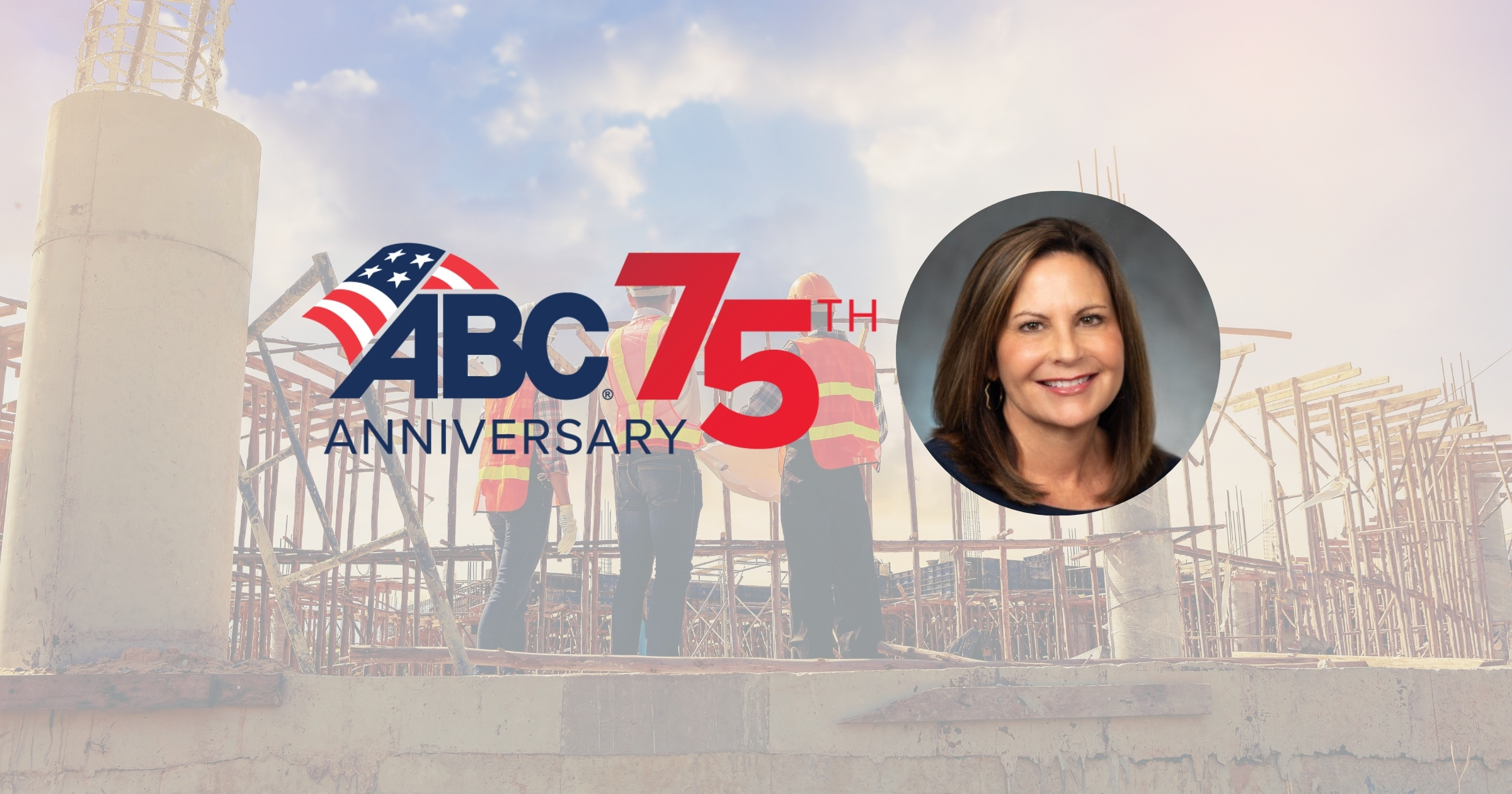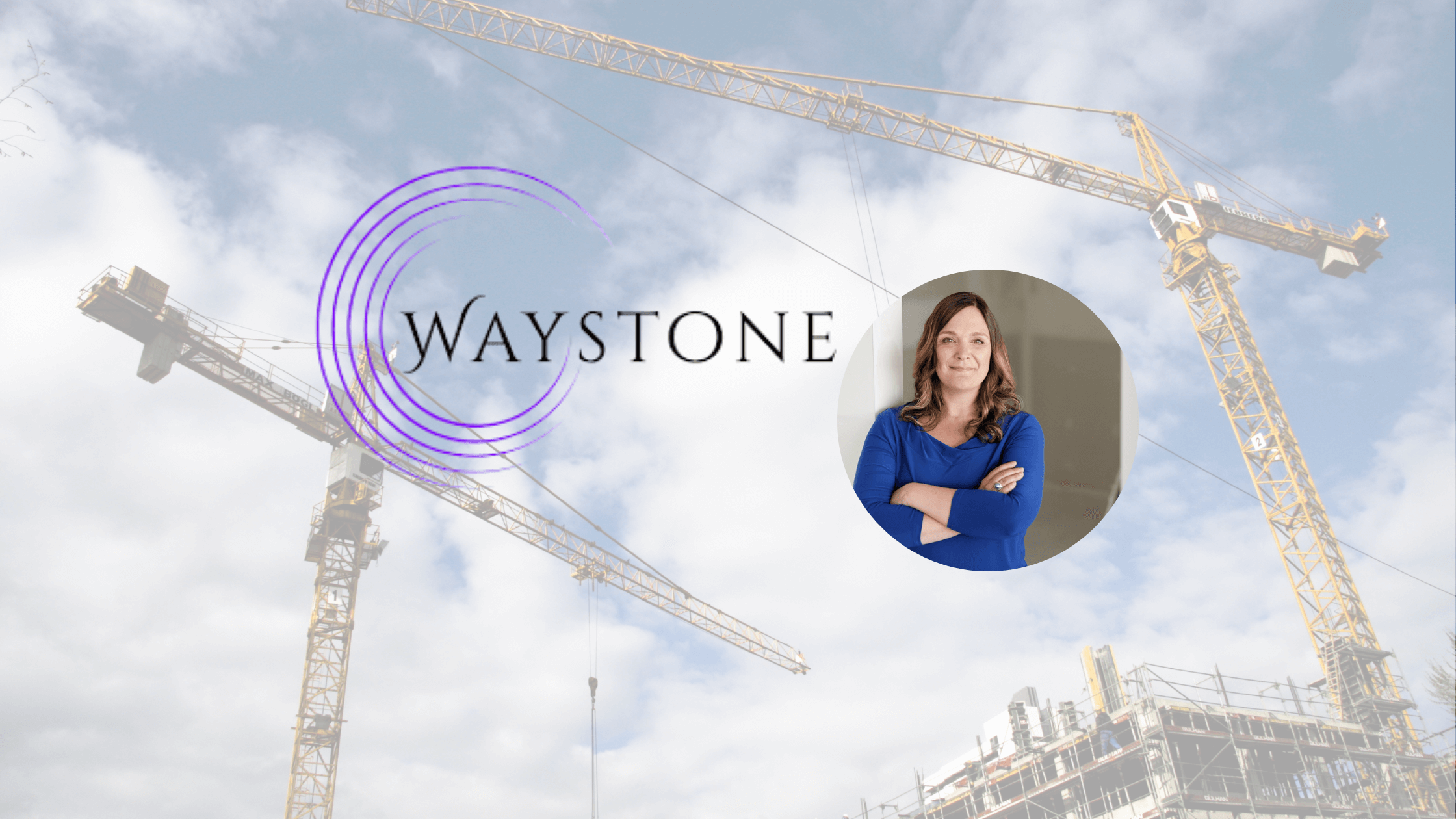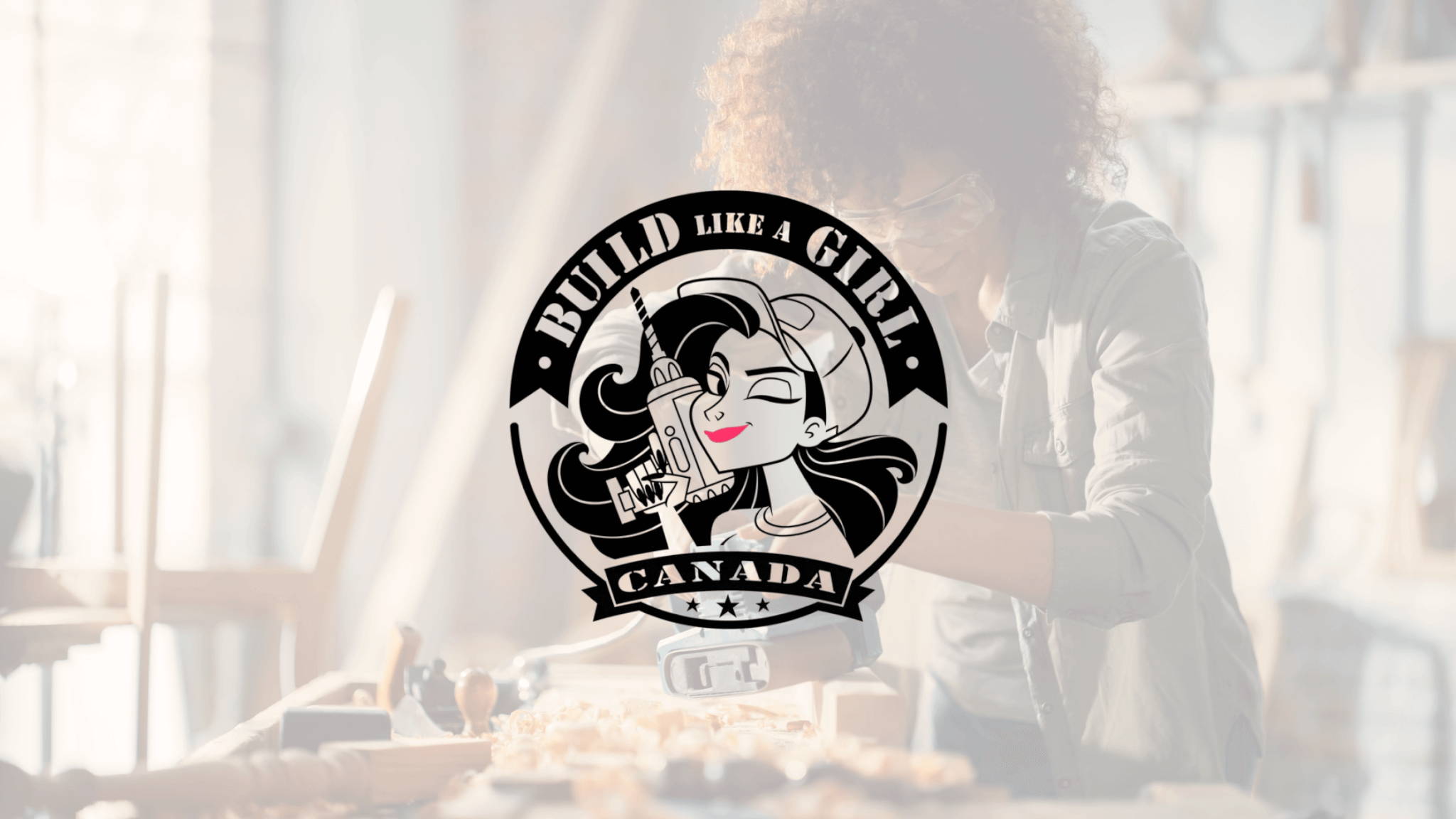Stephanie Schmidt-Lehmann, Executive Vice President of Industry Relations and Member Value at Associated Builders and Contractors, has built a career that defies expectations. From being one of five women in her engineering class to leading multimillion-dollar projects, her journey is a testament to resilience, adaptability, and strong leadership. In this interview, Stephanie shares her path into construction, the defining moments of her career, and the lessons she’s learned about leadership, self-growth, and making an impact in the industry.
UTHH: Can you share your story about how you got started in the construction industry? Was this career path something you envisioned for yourself?
Stephanie: I didn’t imagine myself going into construction when I was younger. But as a kid, I always loved building things and playing ball with the boys—I was drawn to what was considered more ‘masculine’ activities at the time. When I was in high school, I wasn’t sure what I wanted to do.
A turning point came when an advisor encouraged me to look into engineering. He recognized that I had a natural talent for it and suggested I put my skills to use. At that time, there weren’t many women in those programs, but I decided to go for it and pursued a degree in architectural engineering. I was one of only five women in my class, and I really excelled. After graduating, I started my career in project management and estimating and then moved into a construction management role at Penn State in the late ‘90s. That’s where my journey really began.
UTHH: Who or what inspired you to pursue a career in construction, and how did that shape your journey?
Stephanie: It wasn’t something I always planned, but once I got into the industry, I was hooked. No two projects are ever the same, and seeing something go from an idea to a completed structure is incredibly rewarding. I also love the teamwork aspect—construction is all about working with a group of people and bringing different skill sets together.
One person who really inspired me was a senior VP at Penn State. She was in a high-level leadership position and seeing her succeed made me realize that women could absolutely take on major roles in this industry. I had the chance to work directly with her, and learning from her helped shape how I approach my work and leadership today.
UTHH: Were there any defining moments or turning points in your career that stand out to you?
Stephanie: One of the biggest moments in my career was when I was asked to lead Poole Anderson Construction. I had worked with them before on projects at Penn State, and when they decided to merge with a general contractor, they saw me as the person who could handle the transition.
It was a big leap—we went from working on $5 million projects to managing $80 to $100 million jobs. Taking on that business management role and helping scale the company was a defining point for me. It reinforced that I had the leadership skills to drive growth and navigate change.
UTHH: What lessons have you learned about resilience and self-growth throughout your career?
Stephanie: One of the biggest things I’ve learned is that you have to master your craft. Respect in this industry comes from doing good work—being prepared, knowing your job inside and out, and putting in the effort every day. Collaboration is also huge in construction. You have to respect the skills of the people around you and lean into their strengths to get the best results.
Another lesson is to set clear career goals. Early on, I knew I wanted to run a company one day, and keeping that vision in mind helped me focus on what I needed to do to get there. And finally, say ‘yes’ to opportunities. Taking on extra responsibilities and going beyond your job description opens doors you might not expect.
UTHH: Construction has traditionally been a male-dominated industry. What challenges have you faced as a woman, and how have you overcome them?
Stephanie: When I was in college, there were only five women in my program. Starting out in the industry, I was often the only woman in the room. That meant I had to develop strong soft skills, build relationships, and have thick skin.
But I never saw being the only woman as a disadvantage. In fact, I saw it as an opportunity. If you’re the only woman in the room and you do great work, people remember you. The key is earning respect through the quality of your work and being a team player.
UTHH: What advice would you give to women aspiring to leadership roles in this industry?
Stephanie: Work on your communication and soft skills. Construction is like a team sport—you have to be able to collaborate and work well with others. On top of that, keep developing your technical skills and have a clear vision of where you want to go in your career.
UTHH: How has the construction industry evolved in terms of diversity and inclusion since you began your career? What changes are still needed?
Stephanie: Things have definitely improved. In 2024, women made up 14% of the construction workforce, which is the highest it’s ever been. More women are being recognized in the field, and there are more opportunities than when I started. Schools and industry initiatives are also making construction a more accessible career path for women.
But there’s still work to do. One of the biggest things we need to improve is making job sites more accommodating—whether that’s better-fitting safety gear, health and hygiene considerations, or improving working conditions. These are small but important changes that will make the industry more welcoming to women.
UTHH: What are the biggest misconceptions about women in construction, and how can we challenge those narratives?
Stephanie: One of the biggest misconceptions is that women don’t want to work in construction because it’s too physical or dirty. Another is that women in the industry aren’t as dedicated to their careers because of family responsibilities. The reality is none of that is true. Women bring a lot of value to construction and oftentimes want to get their hands dirty.
To change these narratives, we need to do a better job of promoting the construction industry as a place for women to work with many great career opportunities. This starts with educating people on the range of career paths available to shift outdated perceptions.
UTHH: How do you see the role of women shaping the future of the construction industry?
Stephanie: Women bring a different perspective to projects, which improves outcomes and enhances collaboration. They also help create a workplace culture that makes people feel valued, which can attract more talent to the industry.
UTHH: What message would you share with young women considering a career in construction but unsure if it’s the right path for them?
Stephanie: Construction is a growing field with great earning potential and relatively no pay gap between men and women. There are so many diverse roles—whether you want to be in leadership, project management, or hands-on building, there’s something for everyone. If you want a career where you can make a real impact, construction is worth considering.
UTHH: Are there any programs or initiatives you’ve been involved in that you believe are particularly impactful for women entering the field?
Stephanie: For anyone interested in construction, I’d say get involved in programs and national peer groups early and focus on your strengths. Finding a niche that plays to your abilities will set you up for success. Here at ABC, we’ve held chapters that create leadership opportunities specifically for women. Girls’ camps are also a great way to give young women hands-on experience and help them see what’s possible in this field. It’s about getting involved, as there are opportunities out there now, you just have to look.
Want more stories like Stephanie’s? Subscribe to our newsletter for insider insights, industry trends, and inspiration from trailblazers in construction!



